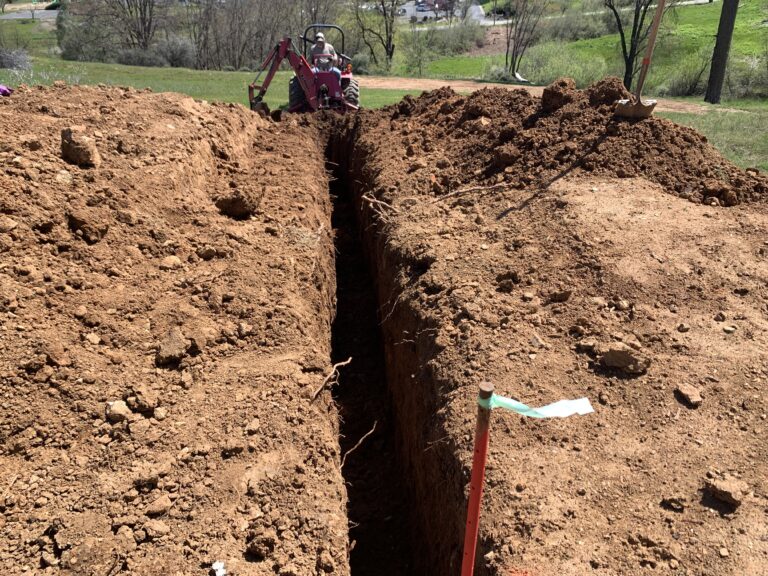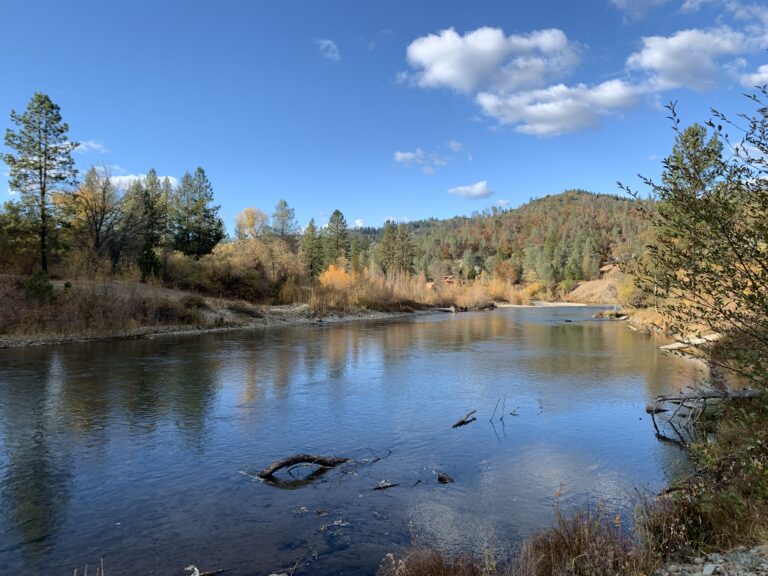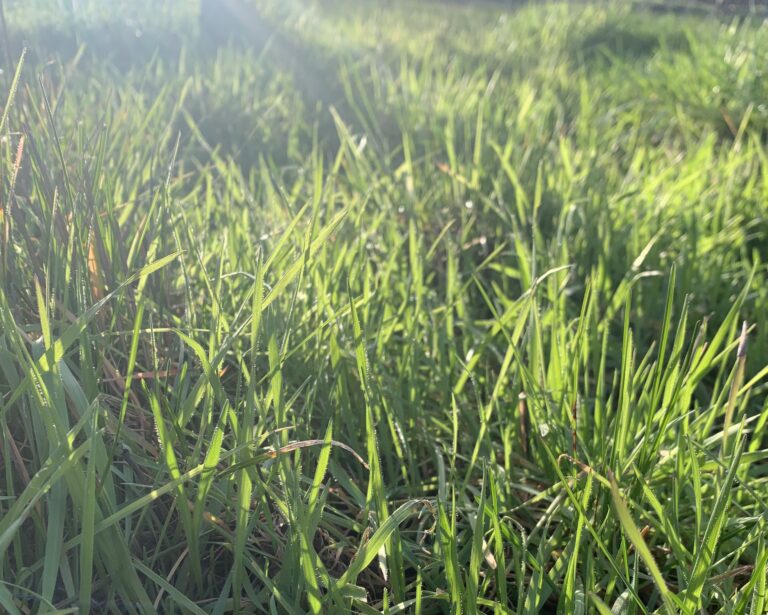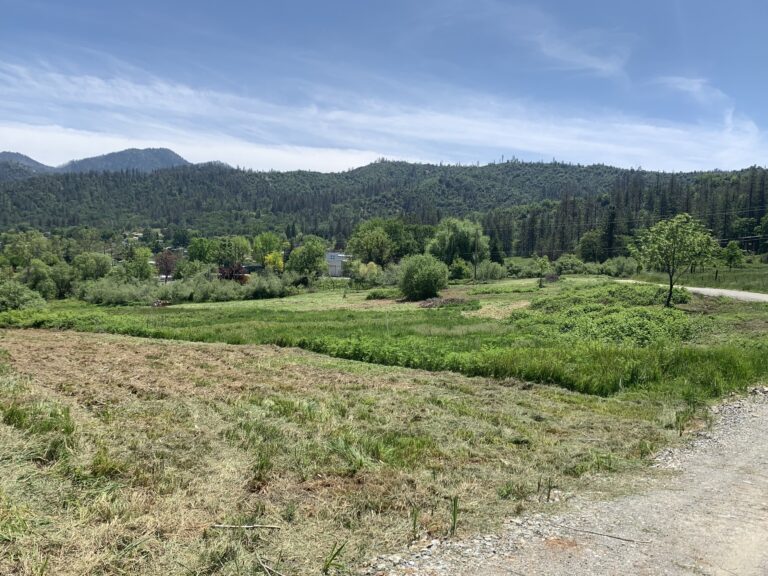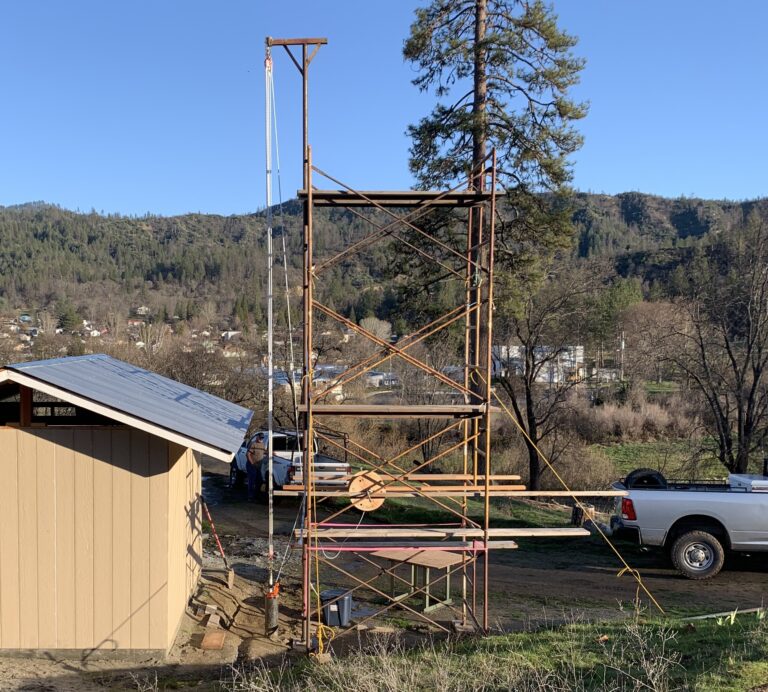Buying Vacant Land – 7 Things You Should Know Before Purchasing
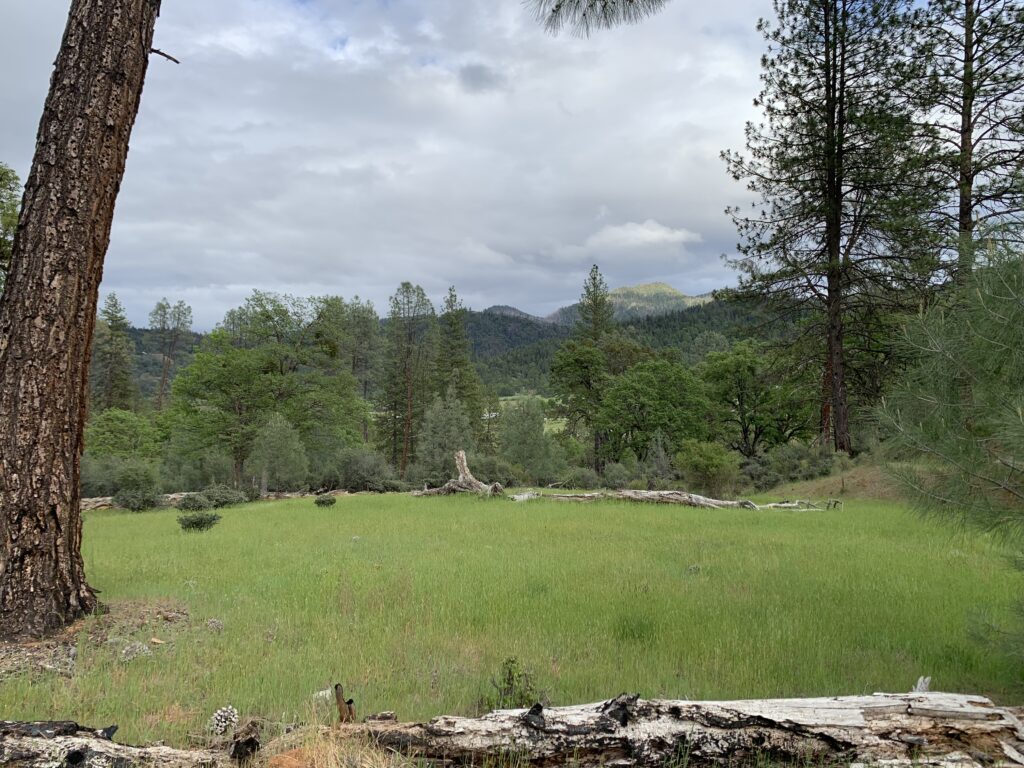
Buying vacant land definitely has its pros and cons. However, I think the benefits outweigh the drawbacks, but it really depends on your situation. That said, there are some really important things to think about before purchasing raw, undeveloped land. Below you’ll find the 7 things you should know before purchasing vacant land.
The most important things to think about before purchasing vacant land are:
- Legal Access
- Easements, Liens, and Other Judgements (commonly referred to as “exceptions” on the title report)
- Zoning
- Electricity
- Water Supply
- Wastewater Treatment
- Property Boundaries
Let me share what I know so you can feel confident in your vacant land purchase.
Legal Access
Arguably the most important aspect of any property is the right to access the property. I’m not just talking about physical access, like a road or driveway. Legal access means there is a recorded document granting the property owner the right to travel through other properties to access their property. A “landlocked” property, which is one with no legal access, holds little to no value until legal access is established. For example, if a parcel of land was surrounded on all four sides by different parcels, and all four neighbors deny any physical access through their own properties, there would be absolutely no practical benefit of owning that parcel.
How would one verify legal access? During escrow, the title company will do what’s called a “title search” to examine all public records that involve title to a specific property. Deeded access, by way of an easement or other means, should be included in the preliminary title report. This should guarantee that, although ownership of the property will change hands over the years, the right to access stays with the property (not just one owner).
Easements, Liens, and Other Judgements (Exceptions)
This kind of ties in with the legal access piece, but there could be (and usually are) other forms of easements, liens and judgements that are attached to a property’s title. Other common types of easements are power easements (for lines or poles), neighbor’s access easements, water or other maintenance-type easements, right of way easements, etc. You just want to make sure you have a good understanding of what the easements are and what they are for. If it’s something that negatively affects the property for your intents and purposes, you might not want the property.
There are common liens, like county taxes or supplemental taxes, but there could also be other types of liens or judgements against the property that you would definitely want to know about before purchasing.
Again, the title search examiner should verify any easements, liens and judgements and include them in the preliminary title report. Make sure you thoroughly review your title report and ask for further explanation on any items you don’t understand.
Zoning
Did you know that different properties have different allowed uses? While you may be able to raise animals and basically do any agricultural activities on one parcel, another parcel might be only for commercial use, like a store or restaurant. The allowed uses for a parcel are based on the zoning of the specific parcel of land. Your county planning or zoning department should be able to tell you what the zoning is for a property, and what the allowed uses are for that zoning.
This is important for anyone looking to buy land, but especially the homesteader. For example, our zoning is Rural Residential, which allows for a single-family residence and most small-scale agricultural uses. However, if we were planning on running a large-scale ag operation, like a dairy, it would require a special use permit. Zoning guidelines also outline minimum and maximum setbacks and other important details for development, so you’ll want to review the zoning guidelines to be sure your plans for the property are feasible before purchasing.
Electricity
If there is not already power to the property, you’ll want to explore your options. Are you planning on going off-grid, with a solar setup and a generator, or would you rather have municipal power? Where are the nearest power poles and lines? Not transmission lines (those probably won’t do you any good), but distribution lines – the ones that bring electricity to homes. If you plan on municipal power, you will probably want to contact the local power company to make sure they will extend service to the property, and how much it will cost.
If you are planning on an off-grid setup, you’ll want to familiarize yourself with what that system entails and what the costs are. Also, while solar makes perfect sense in a warm and sunny climate, it might be a little more challenging in a place that has long, gloomy winters. Again, making sure your plan is feasible before purchasing the property is key.
Water Supply
What is the water source for the property? Maybe the property has a creek or spring, maybe municipal water is nearby, maybe you plan on a rainwater collection system, or maybe you plan on drilling a well. There are pros and cons to each of these water systems, so make sure you know what you’re getting into. Our property has a seasonal creek and a year-round spring, but we chose to drill a well. Water is so important for any and all homestead activities, so having a clean, reliable water source is vital!
Wastewater System
This point only applies if you plan on living on your property of course, which most folks do. The two most common options for sewer are either city/municipal sewer or a septic system. For many rural properties, a septic system is the only option – city services just aren’t available.
That being said, it’s important to make sure that the property would be approved for a septic system. The process varies by state and county guidelines, but commonly involves some form of soil testing. Often, you can run these tests (such as a perc test) during escrow so you’re not stuck with a property you can never build on.
Also, as I’ve mentioned previously, it is beneficial to have an idea of the costs ahead of time. If you can get city sewer to the property, knowing that cost ahead of time is important, too.
Property Boundaries
This might seem like an obvious one, but sometimes it’s not all that evident where the actual boundaries are when looking at a piece of property. Corner markers could be buried underneath leaves or soil (or not marked at all). Fences that appear to represent property lines can be off by several feet, or just plain wrong.
At the very least, bring a map and walk the approximate property lines looking for survey pins. Phone apps that show your exact location and approximate boundaries are very helpful. If you want a more definitive approach, you might to consider a property boundary survey before purchasing. This involves licensed surveyor who will find and flag the property lines and corners. This way, you know exactly what you are dealing with and can plan accordingly. Another way to minimize surprises down the road!
Whether you’re completely new to the idea of purchasing vacant land, have been thinking about it for a while, or you’re currently in the process, I hope this was helpful in bringing you confidence to navigate your land-buying journey.



